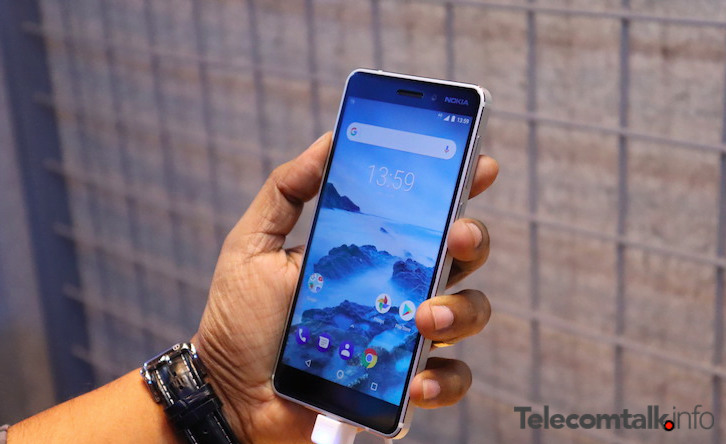After a lot of back and forth, finally, the wait for in-flight
cellular services is over. Now fliers will be able to make calls, send
SMS and browse the internet while flying as now the Department of Telecommunications
has given a green flag to allow cellular connectivity in flights.
An official from the Department of Telecommunication has said: “We are in the final stages of in-flight connectivity licence norms and the service option will be given to carriers and telecom companies within two months.” The DoT has worked on the recommendations and parameters laid down by the Telecom Regulatory Authority of India (Trai) to develop the plan for the provision of in-flight cellular services.

The department officials have also met with some airlines and telecom operators. Some companies have shown interest in providing these services to the fliers. A DoT official has also said, “Once the licences are rolled out, then let the carriers and the telecom companies battle it out on who should take which service.”
As highlighted by an ET report, Trai’s recommendations of providing in-flight connectivity above the altitude of 3,000 metres (about 9,850 feet) were accepted by the Telecom Commission, the highest decision-making body in the telecom sector. However, the Telecom Commission did not budge on the point of international satellites being used to provide connectivity in aircraft.
Airlines operating in India have shown some interest in offering these services to the fliers since it could become an auxiliary source of revenue for these airlines. Apart from a source of income, this addition of service to their range of offerings would allow them to boast of international standards, where this service has long existed.
An official at one airline said, “While international carriers offer Internet on board, Indian carriers cannot offer that facility.” However, the cost of these services in-air would be much more, compared to what it is on the surface owing to initial investment costs. An executive said about the development, “Each aircraft will require an investment of about $1 million and have to be grounded for at least ten days to retrofit the aircraft with technology to be able to offer Internet on board.” Another executive added “In current circumstances, it would not be easy for airlines to spare money for it and ground aircraft. It will take some time till airlines start offering Internet-on-board.”
Telecom operators are showing equal interest in launching the service for Indian airlines. They said that the licensing terms and conditions would decide the next step in developing the technology further. An executive at one of the leading telcos said: “There are rules around what kind of equipment that will be allowed and these we need to see before deciding to offer the service.”
An official from the Department of Telecommunication has said: “We are in the final stages of in-flight connectivity licence norms and the service option will be given to carriers and telecom companies within two months.” The DoT has worked on the recommendations and parameters laid down by the Telecom Regulatory Authority of India (Trai) to develop the plan for the provision of in-flight cellular services.

The department officials have also met with some airlines and telecom operators. Some companies have shown interest in providing these services to the fliers. A DoT official has also said, “Once the licences are rolled out, then let the carriers and the telecom companies battle it out on who should take which service.”
As highlighted by an ET report, Trai’s recommendations of providing in-flight connectivity above the altitude of 3,000 metres (about 9,850 feet) were accepted by the Telecom Commission, the highest decision-making body in the telecom sector. However, the Telecom Commission did not budge on the point of international satellites being used to provide connectivity in aircraft.
Airlines operating in India have shown some interest in offering these services to the fliers since it could become an auxiliary source of revenue for these airlines. Apart from a source of income, this addition of service to their range of offerings would allow them to boast of international standards, where this service has long existed.
An official at one airline said, “While international carriers offer Internet on board, Indian carriers cannot offer that facility.” However, the cost of these services in-air would be much more, compared to what it is on the surface owing to initial investment costs. An executive said about the development, “Each aircraft will require an investment of about $1 million and have to be grounded for at least ten days to retrofit the aircraft with technology to be able to offer Internet on board.” Another executive added “In current circumstances, it would not be easy for airlines to spare money for it and ground aircraft. It will take some time till airlines start offering Internet-on-board.”
Telecom operators are showing equal interest in launching the service for Indian airlines. They said that the licensing terms and conditions would decide the next step in developing the technology further. An executive at one of the leading telcos said: “There are rules around what kind of equipment that will be allowed and these we need to see before deciding to offer the service.”